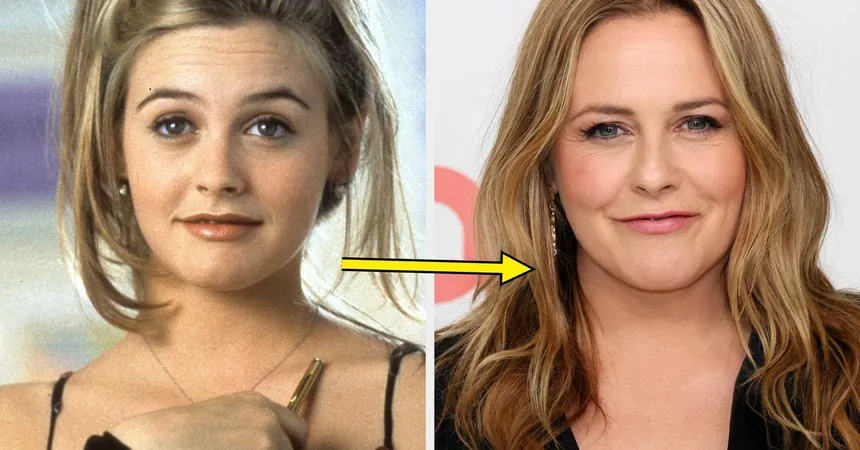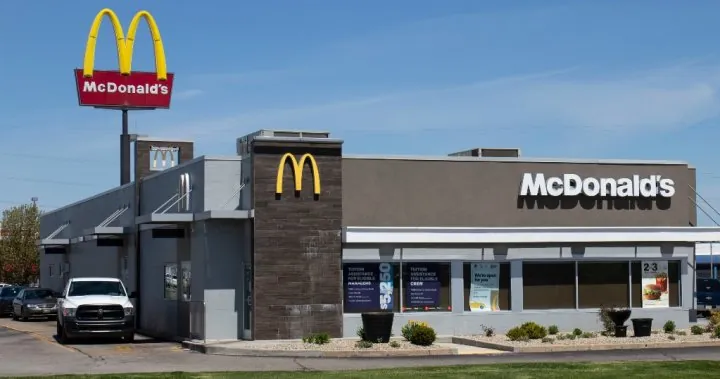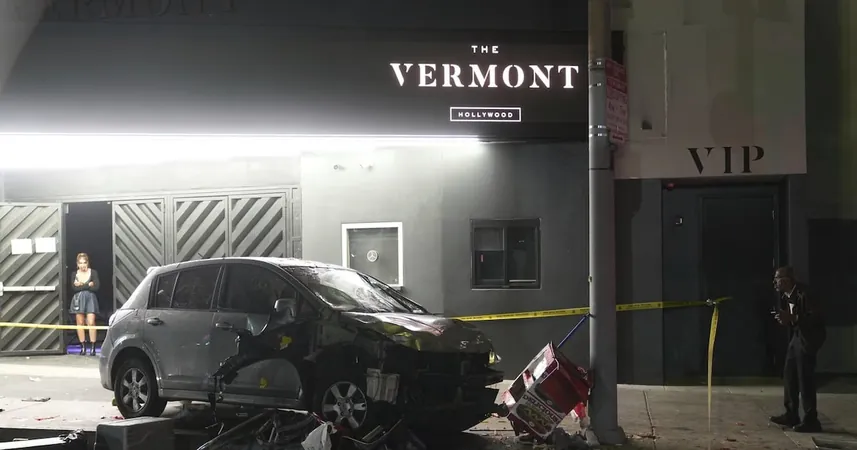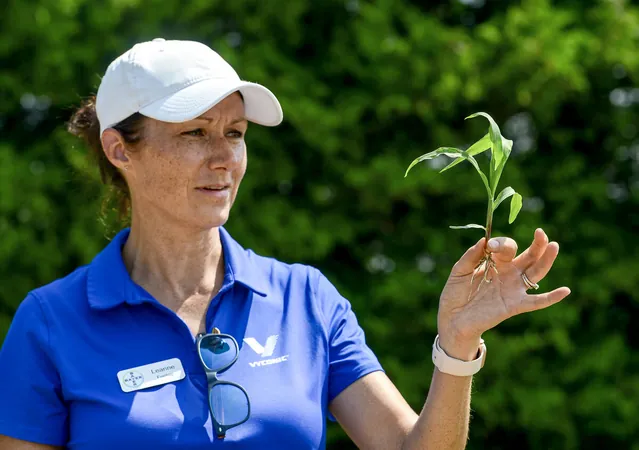
The Alarming Threat of Space Junk: What You Need to Know!
2025-07-12
Author: Noah
Space Debris: A Growing Menace
Did you know that tens of thousands of pieces of space debris are zipping around Earth right now? From defunct satellites to spent rocket stages and even lost tools from NASA spacewalks, this clutter poses a serious threat to active spacecraft and could lead to catastrophic disasters, making space inaccessible for generations!
A Grim Future Awaits
According to NASA, the quantity of objects in Earth's orbit is climbing at an alarming rate, backed by simulations that show we could face runaway collisions if we don’t intervene soon. This phenomenon, known as Kessler Syndrome, suggests that we may be on the verge of a catastrophic event where collisions cause more collisions!
Assessing the Danger: Who's Leading the Charge?
In an effort to address the space debris crisis, eleven international expert teams recently compiled lists ranking the top 50 most concerning objects in low Earth orbit. While their methods varied, an impressive 20-40% of the objects appeared on multiple experts' lists, indicating a strong consensus despite differing evaluation techniques.
Cost of Cleanup: An Expensive Endeavor
International space agencies unanimously agree that simply halting the creation of new debris isn't enough. Experts estimate that we must actively remove between five and ten large pieces of debris each year before they fragment into thousands of smaller, untraceable pieces. However, cleanup missions are eye-wateringly expensive, with costs reaching tens of millions of dollars per object!
New Research Uncovers Surprising Priorities
Most recently, researchers from France and Spain applied social choice theory to analyze the debris lists, revealing that different methods for combining expert opinions yield dramatically different priorities for removal. Depending on the criteria used, different objects emerge as the top priority for action.
Rethinking the Approach to Space Junk
The researchers argue that the way we prioritize space debris needs fundamental changes. Instead of forcing experts to identify exactly 50 objects, they should be allowed to flag any number of concerning pieces. Additionally, moving from ranked ballots to evaluative voting could offer more nuanced insights, categorizing debris based on its absolute risk rather than simply on comparative rankings.
The Bigger Picture: Learning from Space Debris Management
This study shines a light on a broader challenge in scientific decision-making: how to fairly aggregate expert opinions in high-stakes environments. The strategies we develop today for deciding which space junk to remove will be crucial in determining whether we leave future generations with a clean environment or a cluttered orbital wasteland.
The Clock is Ticking: Act Now!
As more private companies launch satellites and space tourism becomes a reality, our orbital environment is set to become more congested. The methods we decide on now could either preserve the beauty of space for future exploration or create an insurmountable obstacle for generations to come!









 Brasil (PT)
Brasil (PT)
 Canada (EN)
Canada (EN)
 Chile (ES)
Chile (ES)
 Česko (CS)
Česko (CS)
 대한민국 (KO)
대한민국 (KO)
 España (ES)
España (ES)
 France (FR)
France (FR)
 Hong Kong (EN)
Hong Kong (EN)
 Italia (IT)
Italia (IT)
 日本 (JA)
日本 (JA)
 Magyarország (HU)
Magyarország (HU)
 Norge (NO)
Norge (NO)
 Polska (PL)
Polska (PL)
 Schweiz (DE)
Schweiz (DE)
 Singapore (EN)
Singapore (EN)
 Sverige (SV)
Sverige (SV)
 Suomi (FI)
Suomi (FI)
 Türkiye (TR)
Türkiye (TR)
 الإمارات العربية المتحدة (AR)
الإمارات العربية المتحدة (AR)